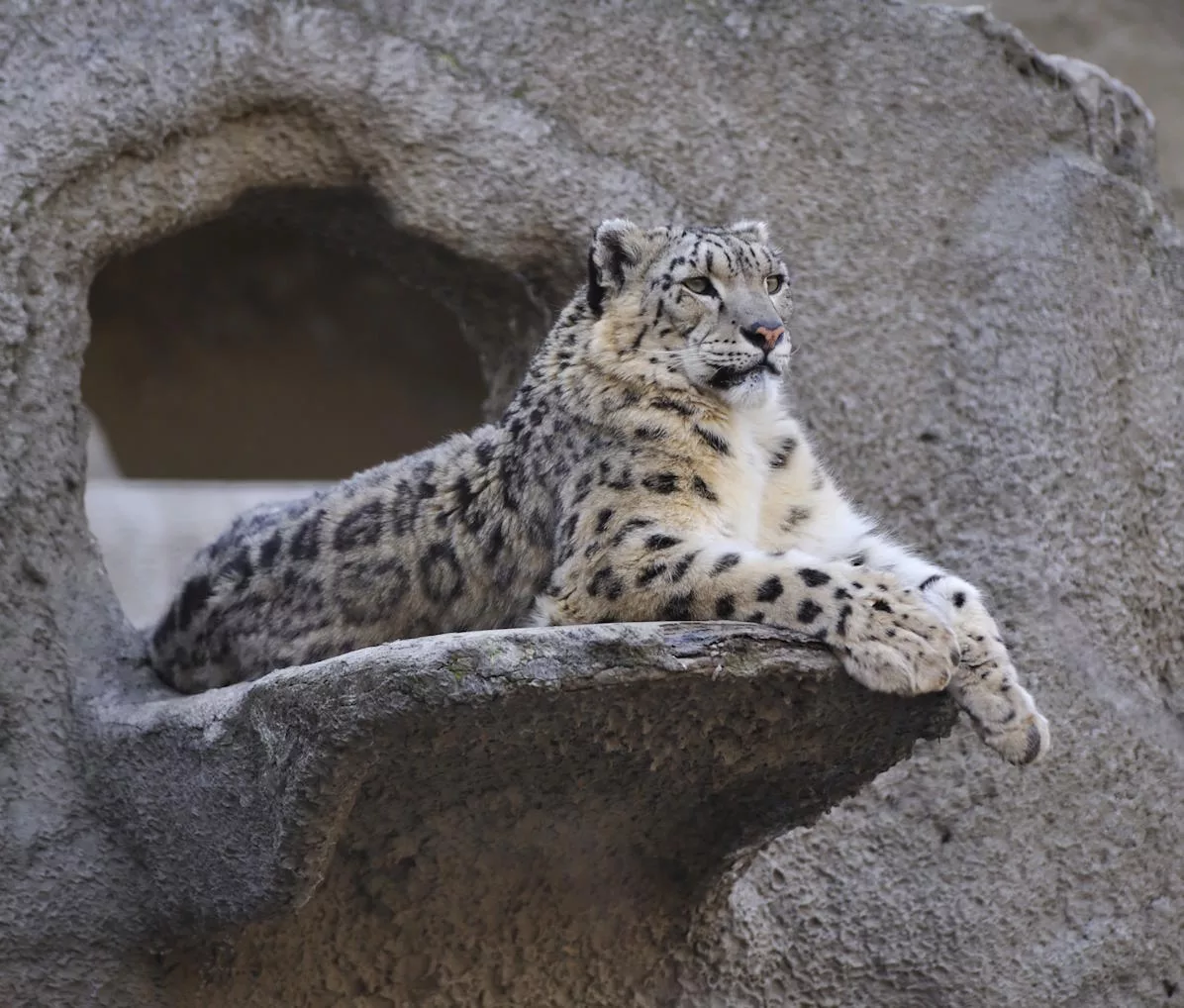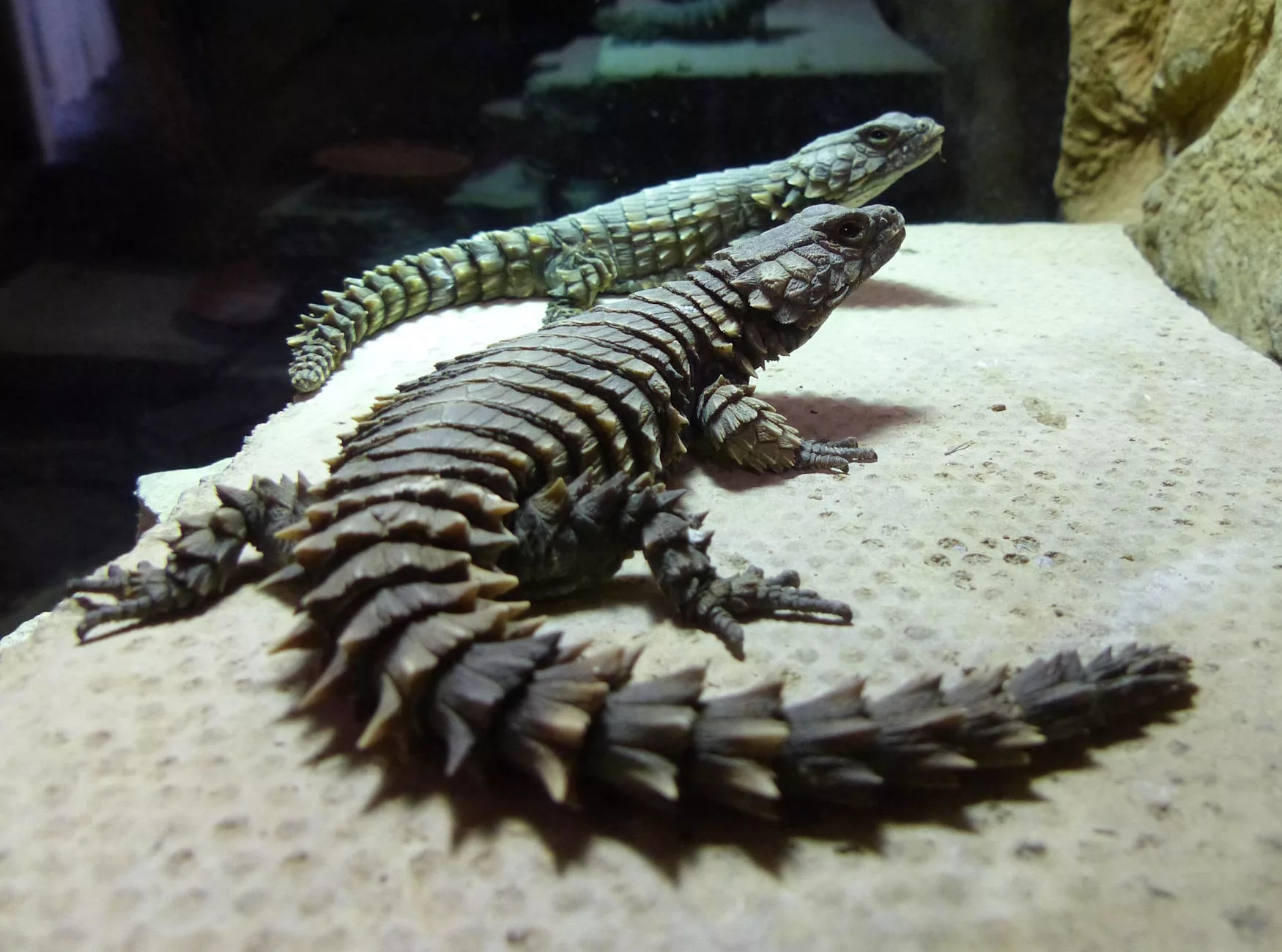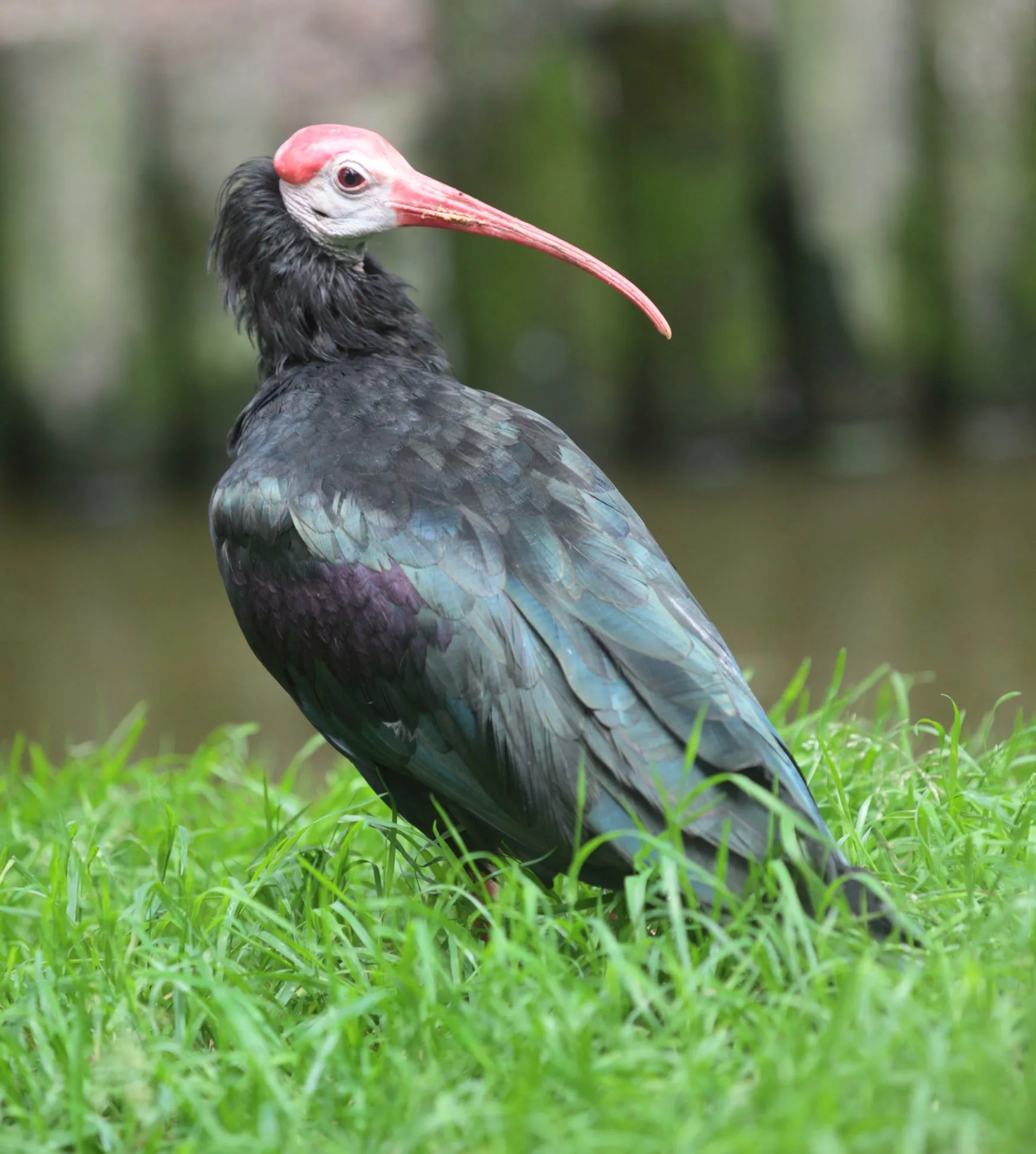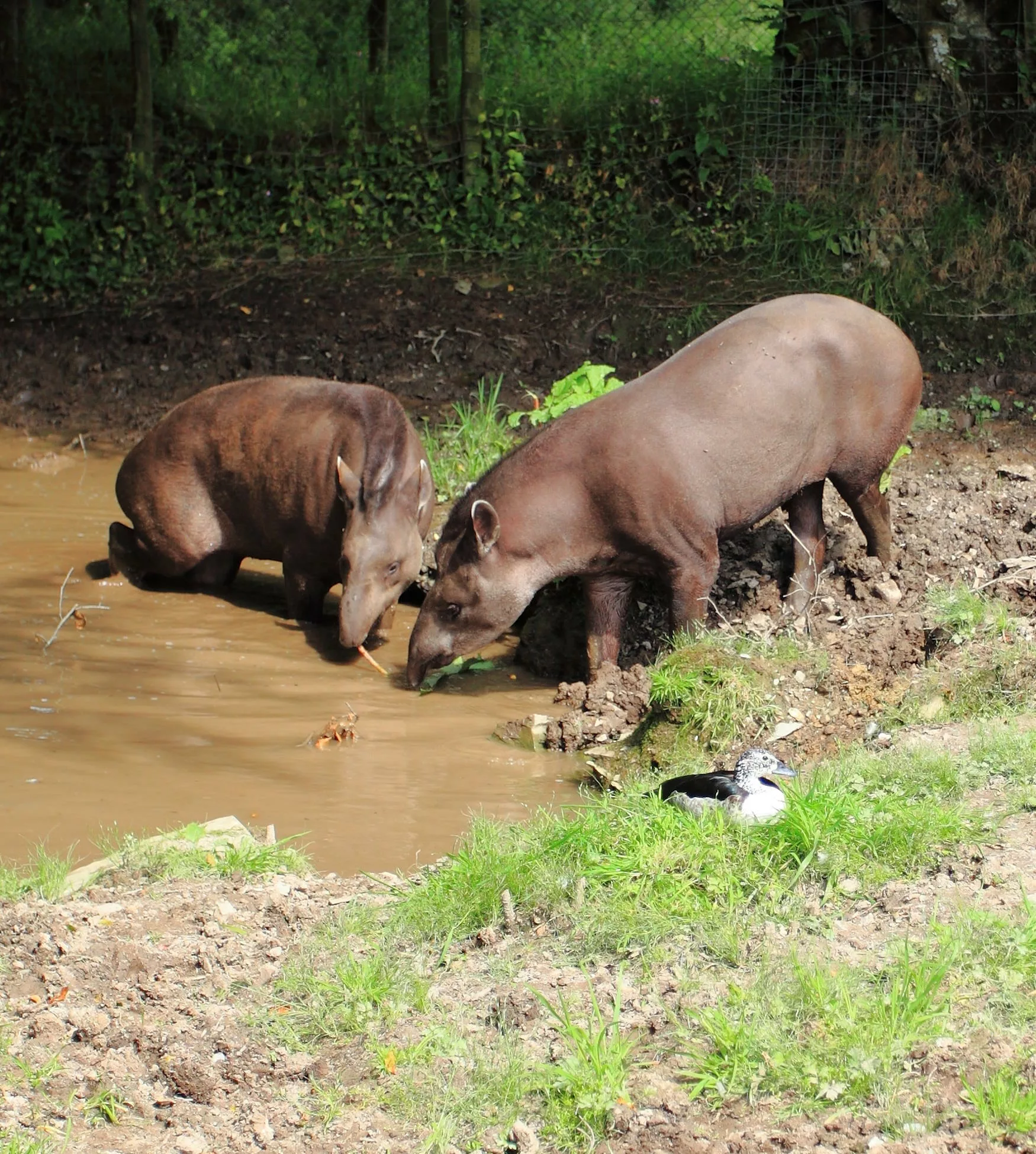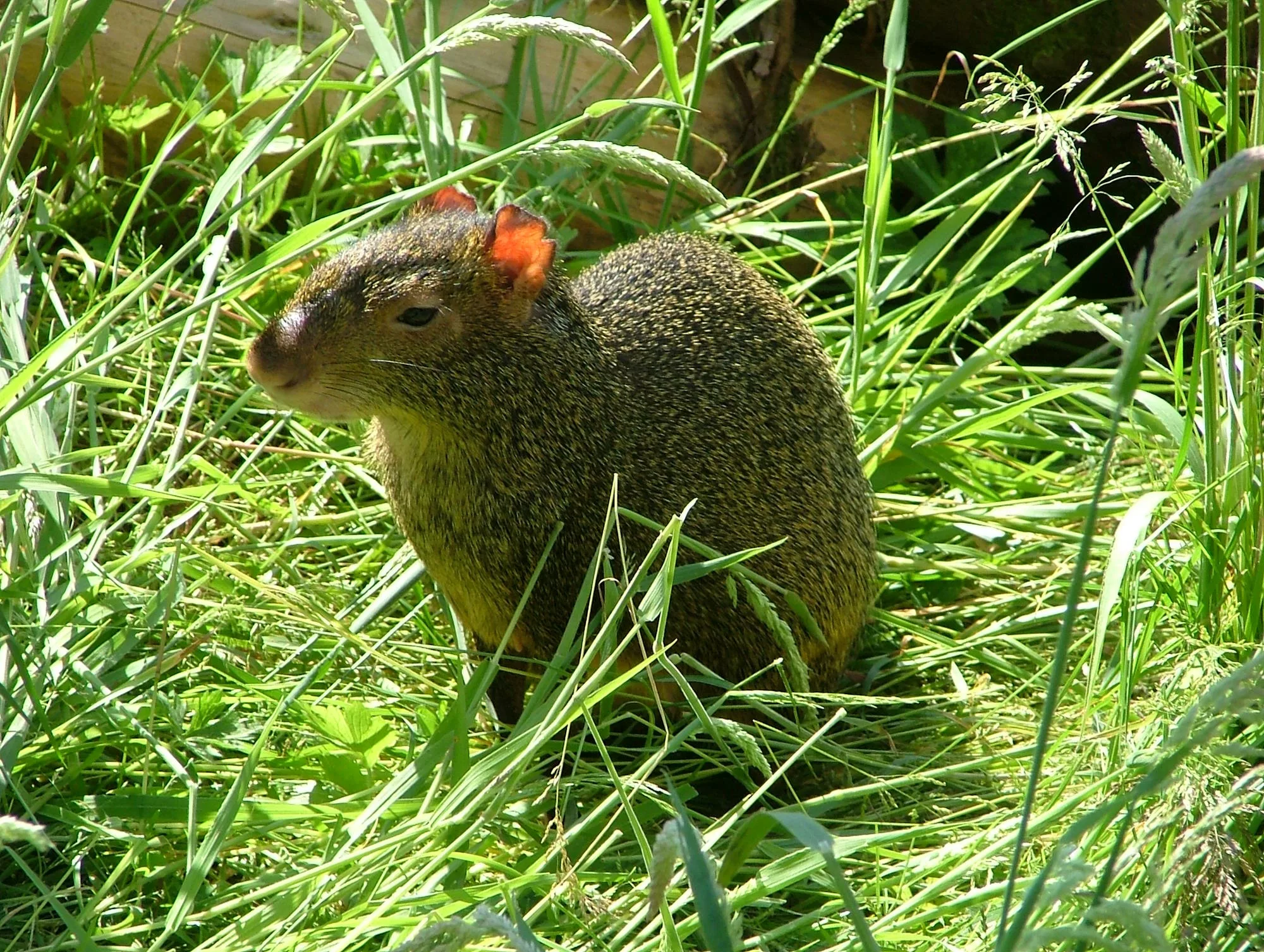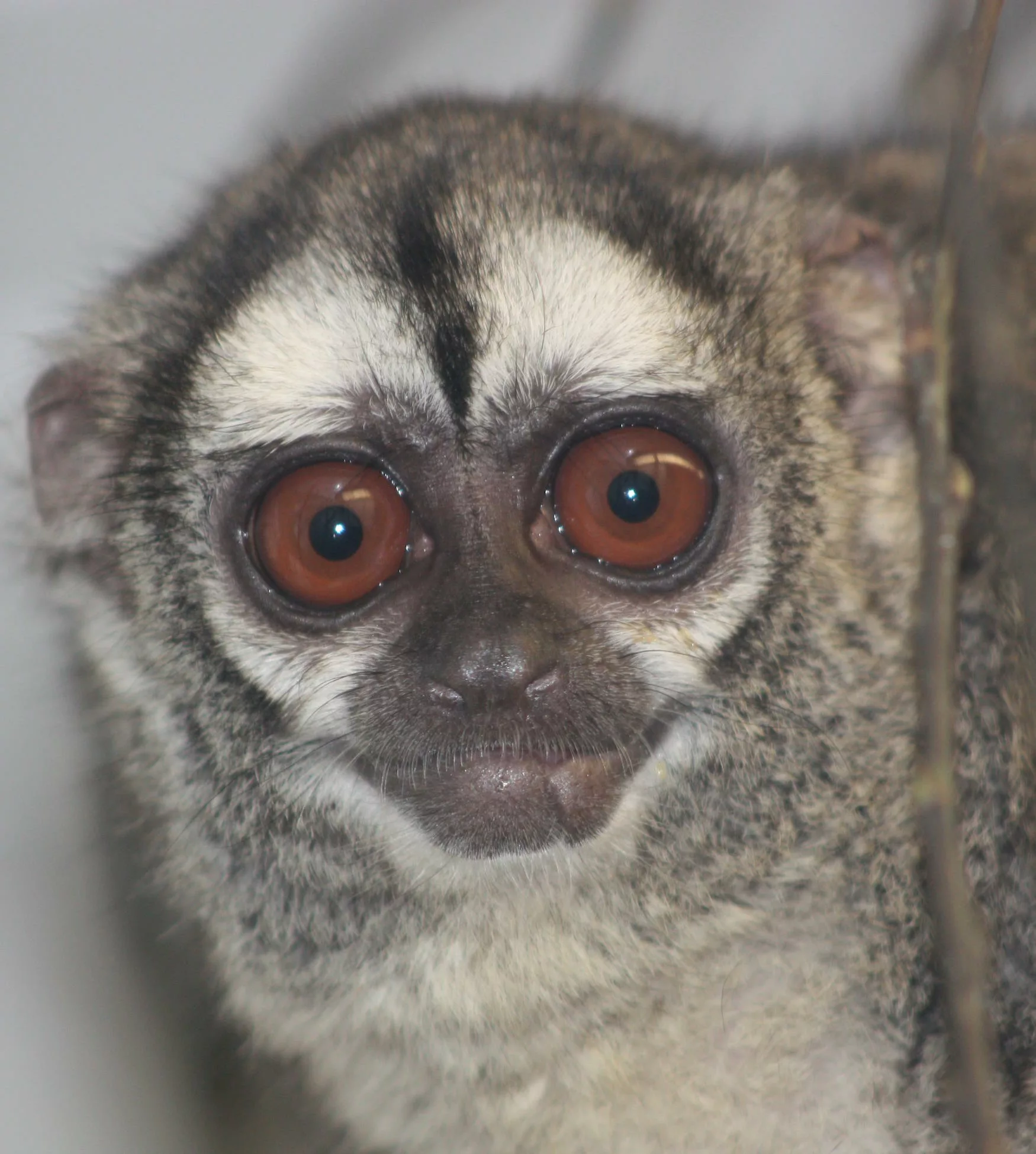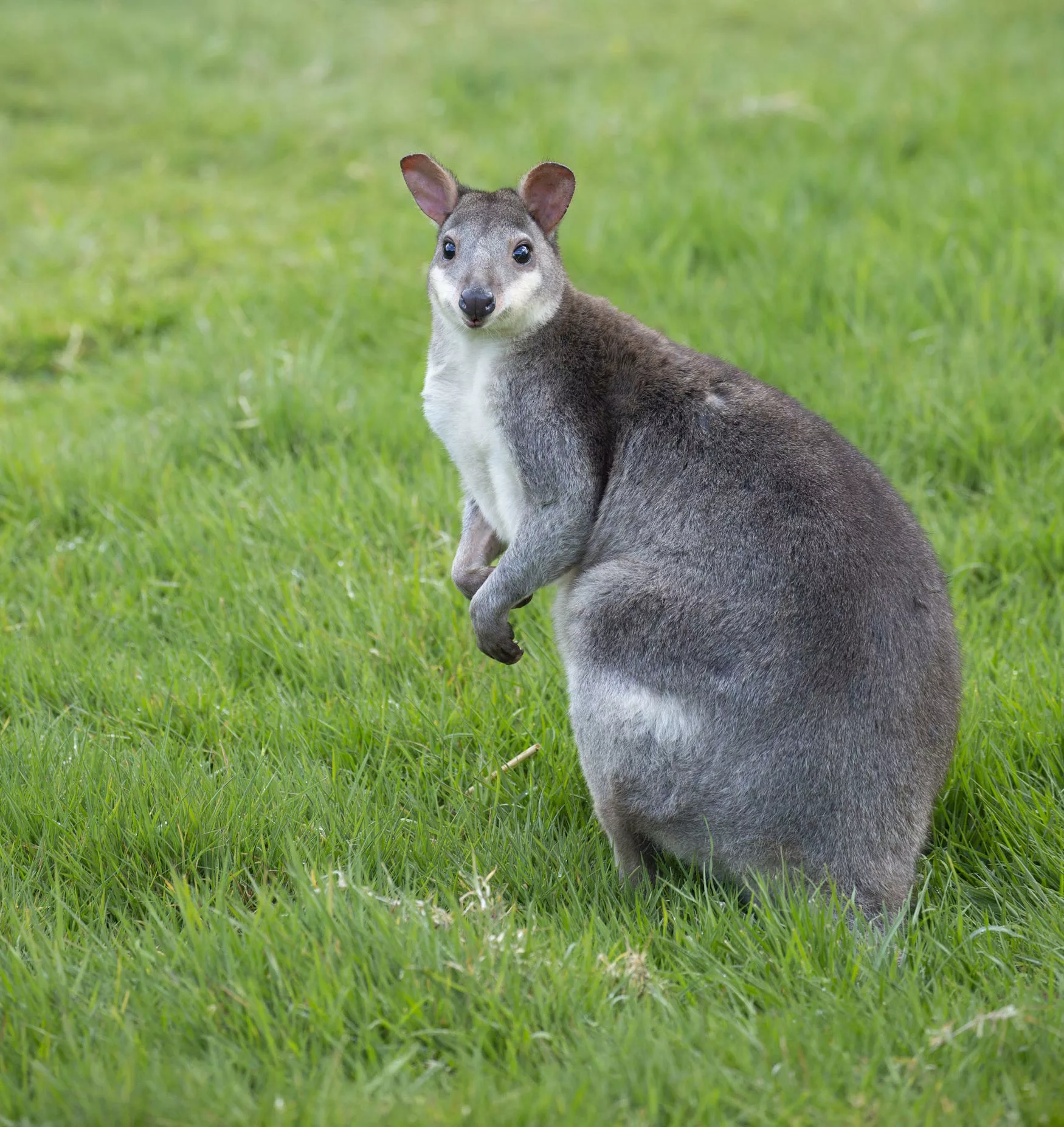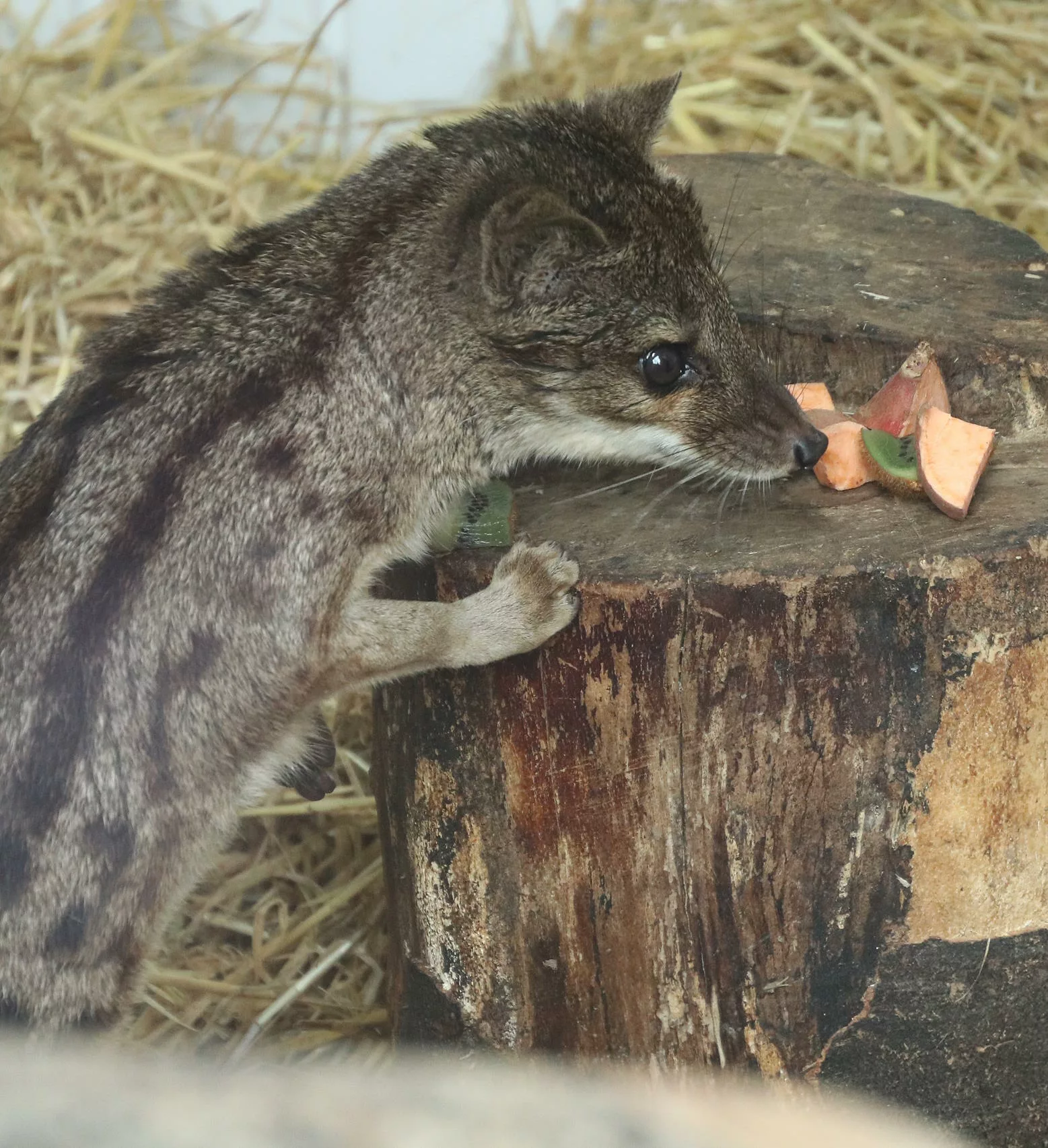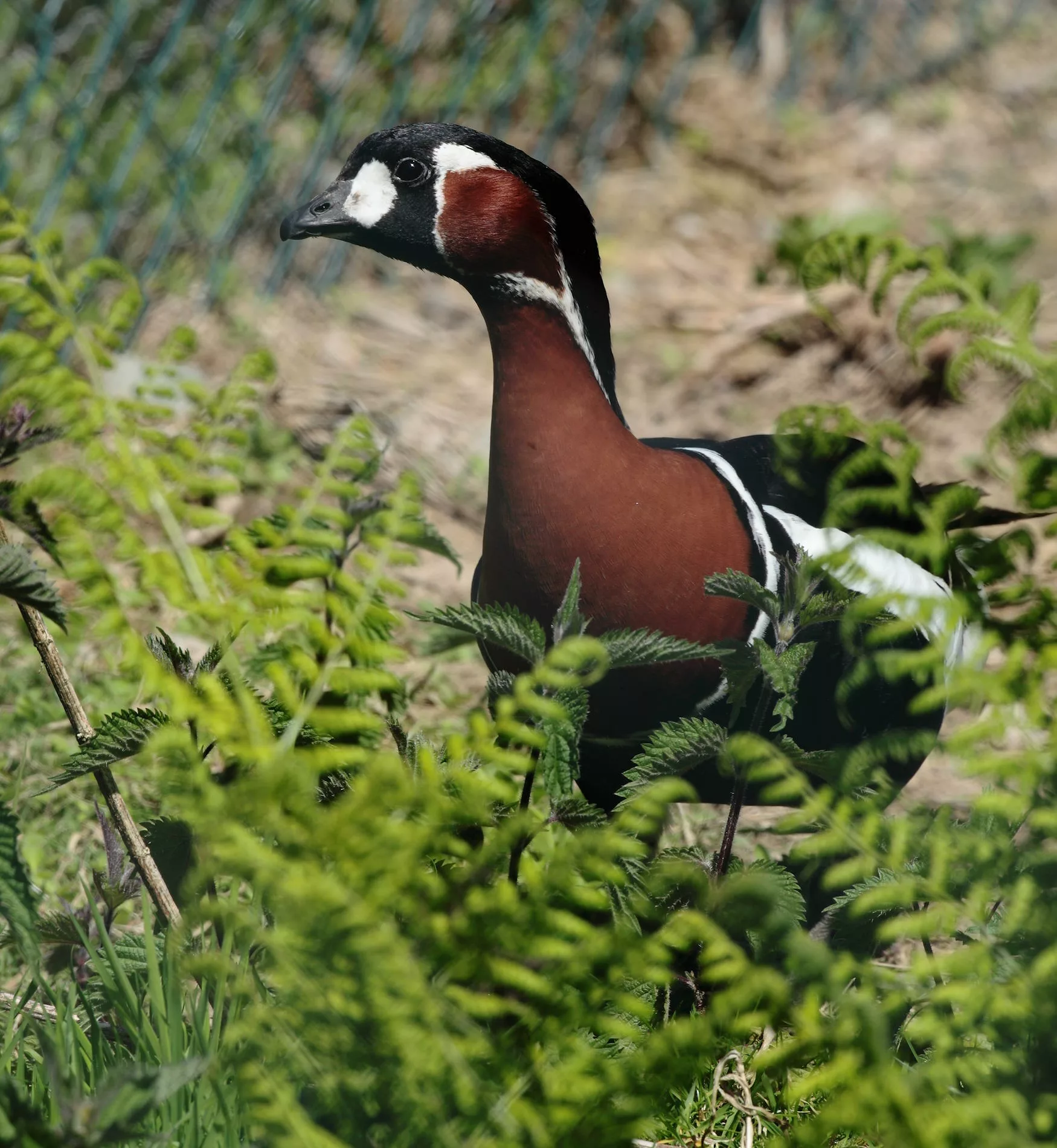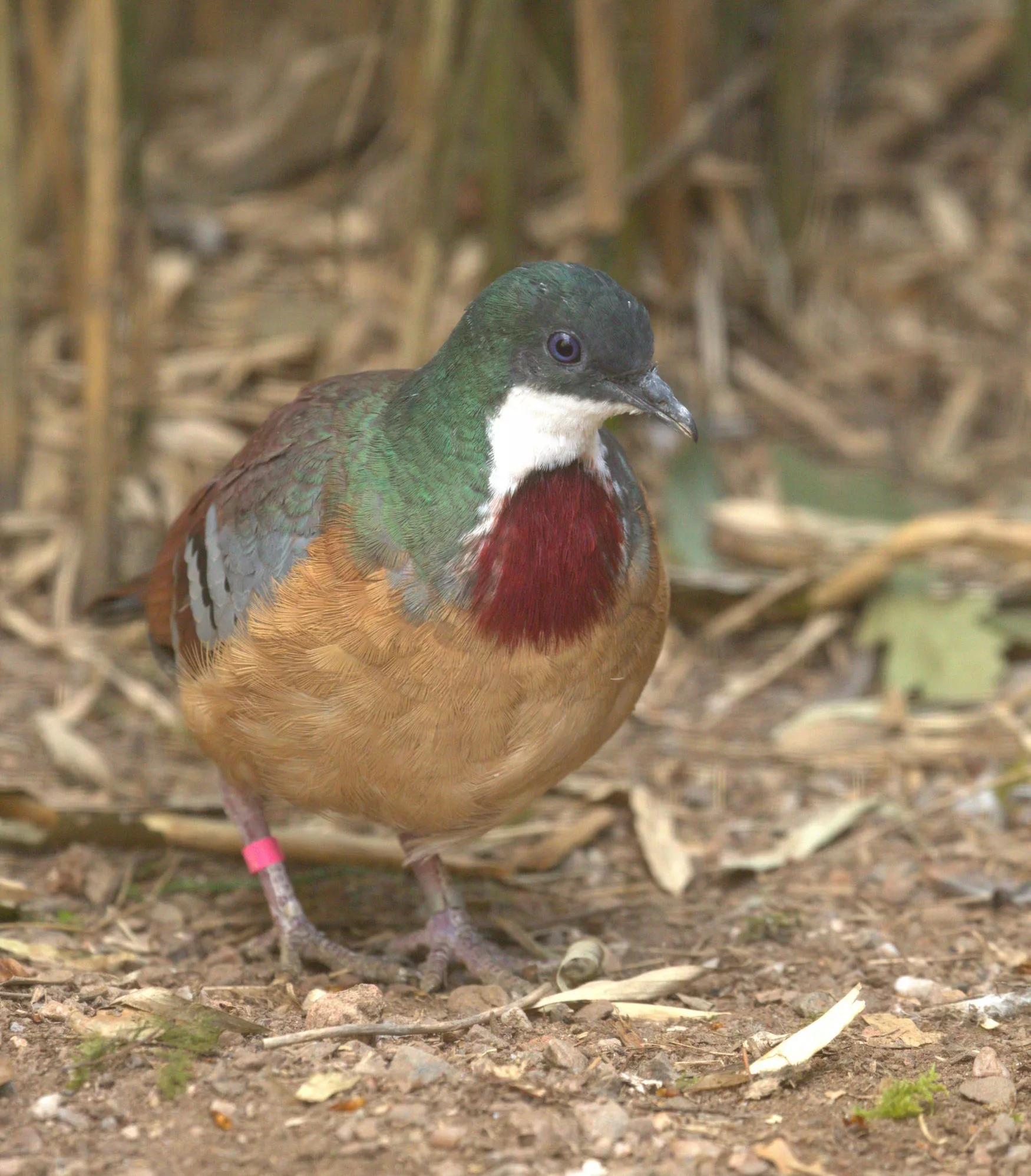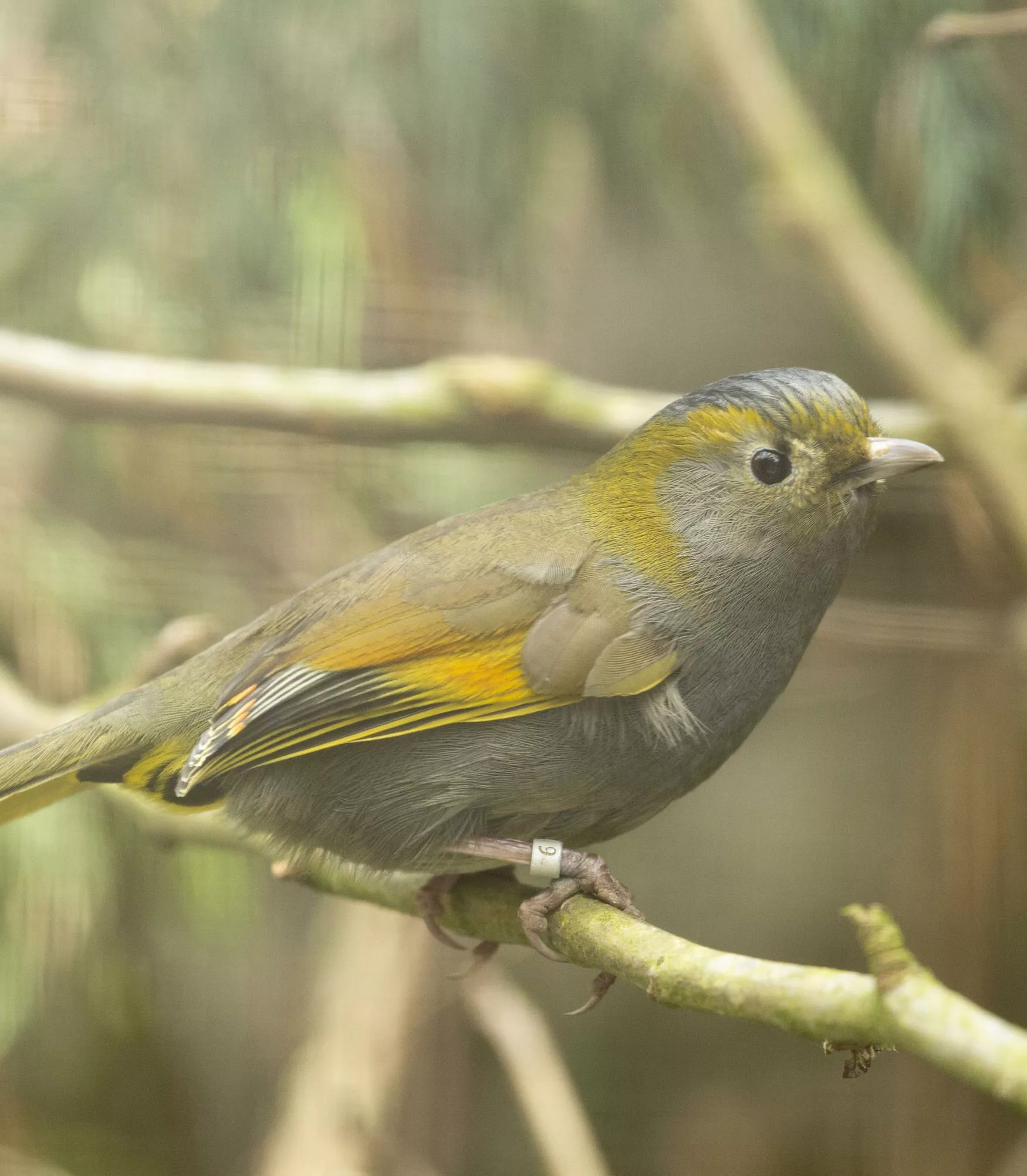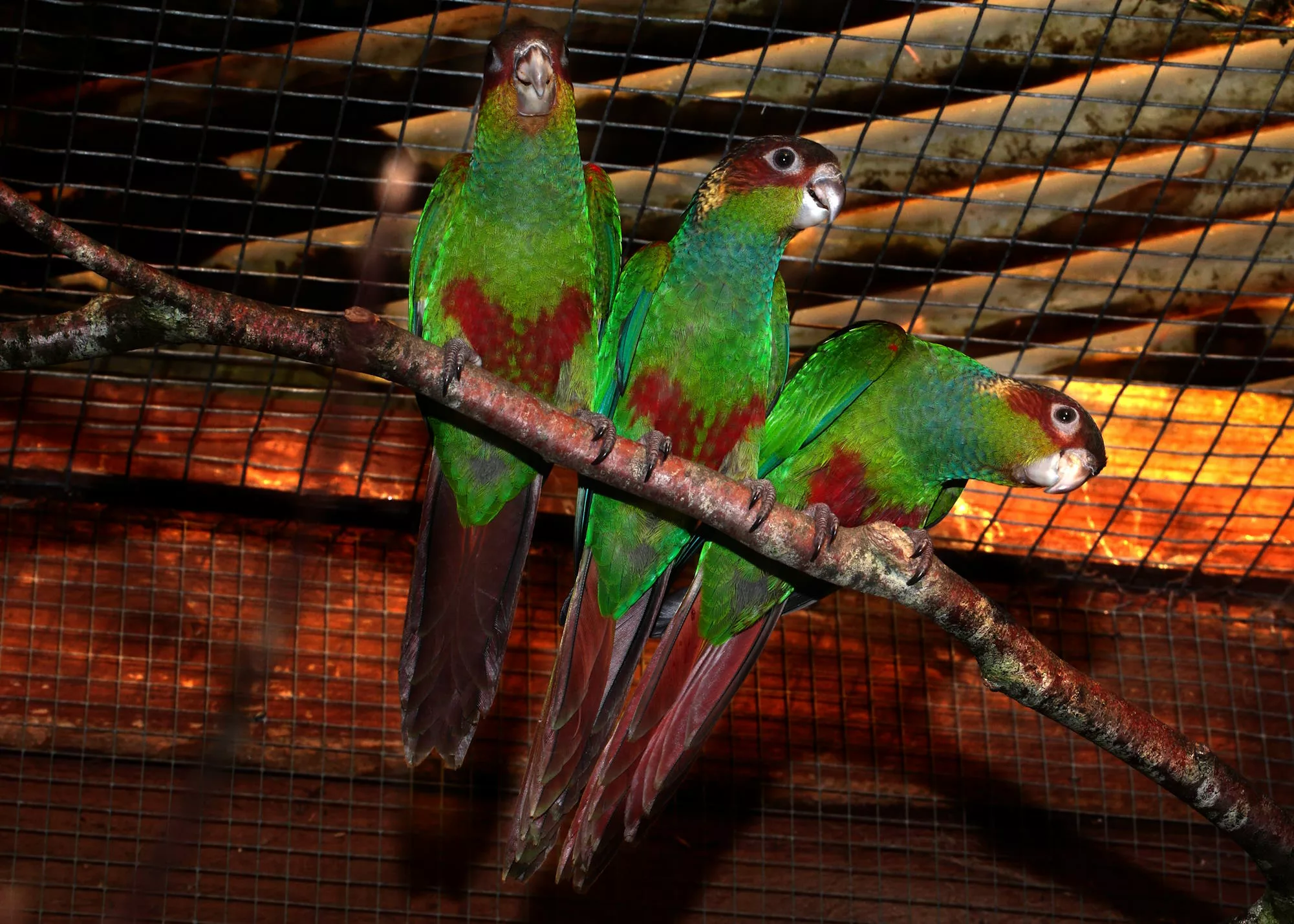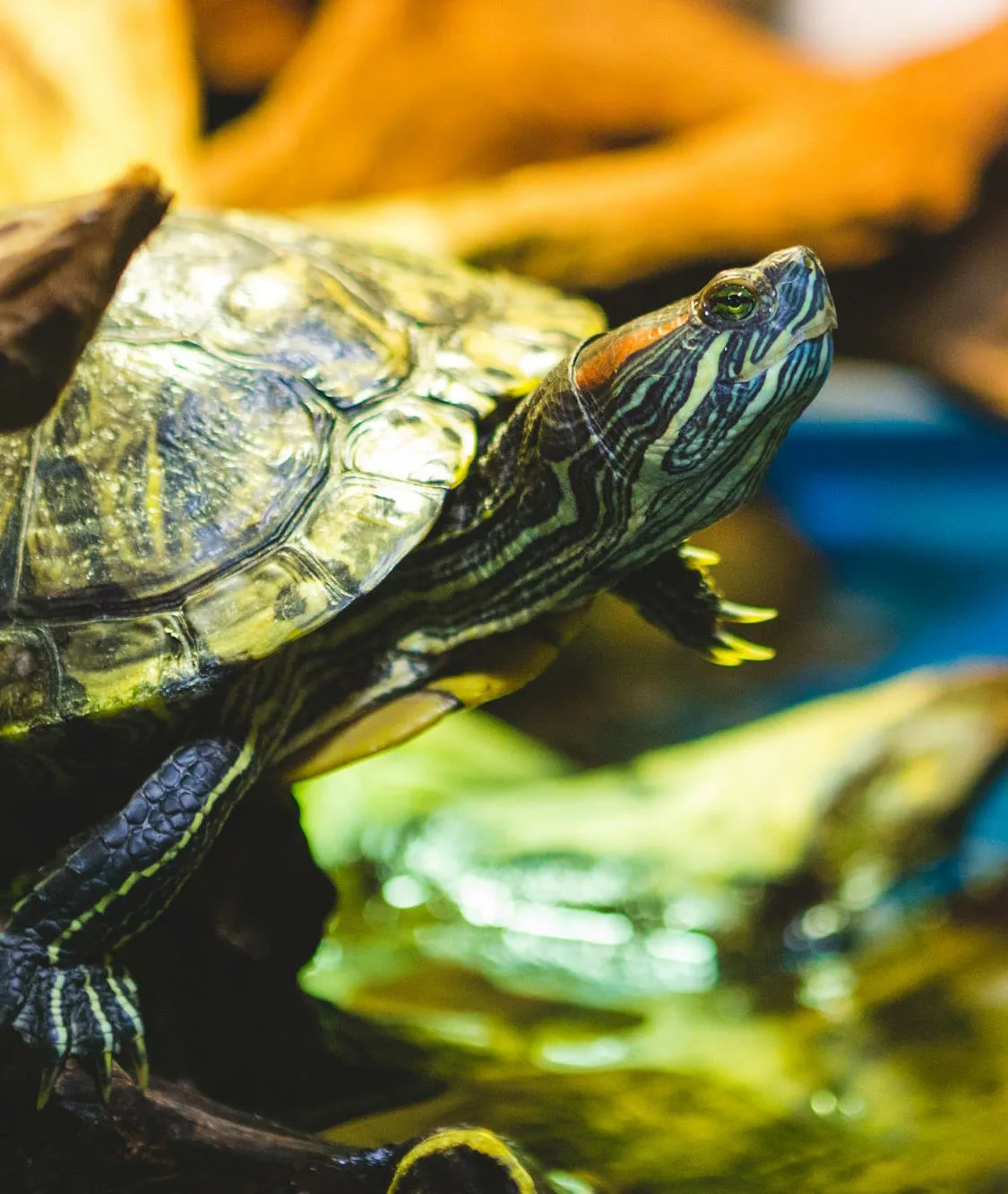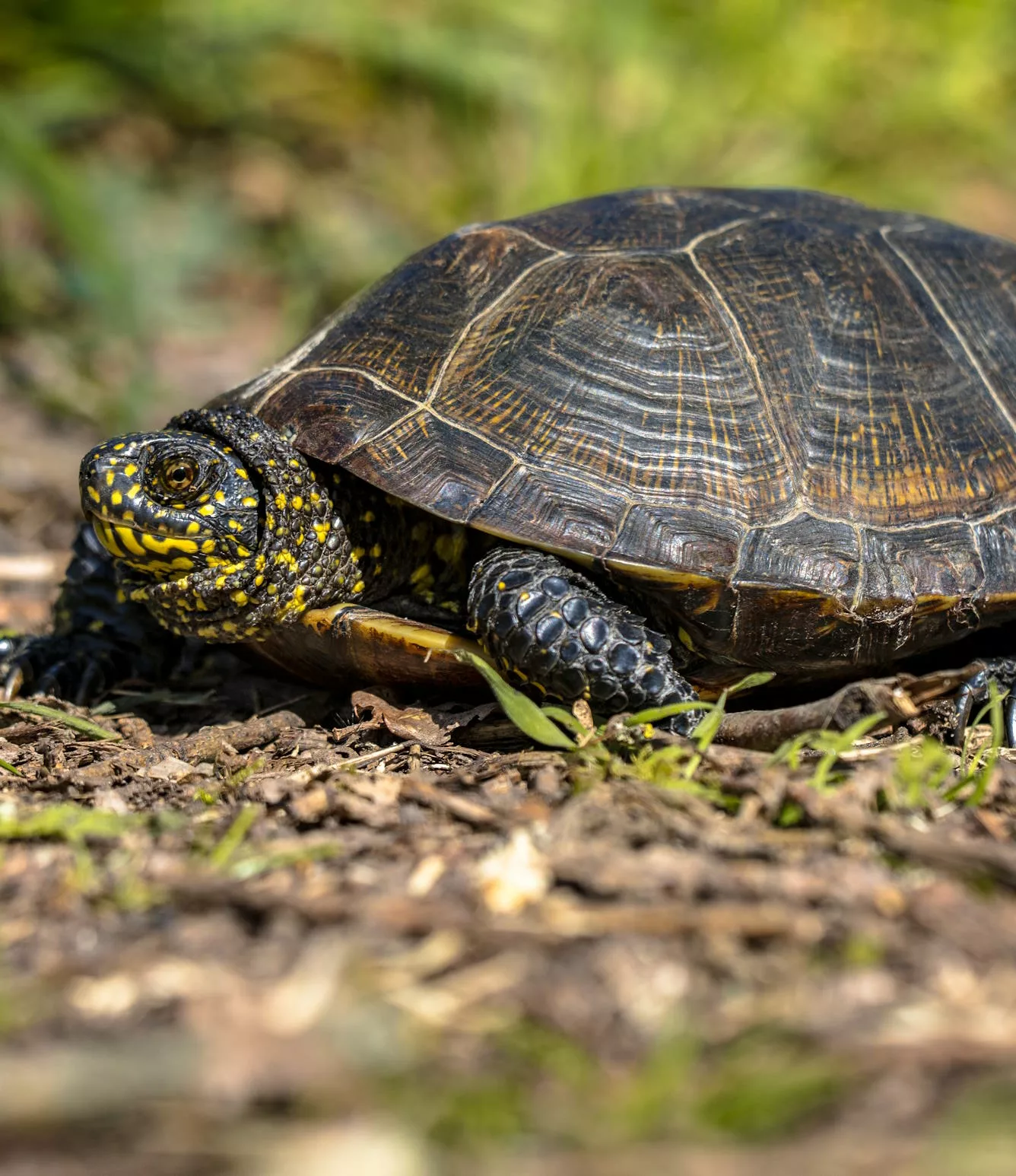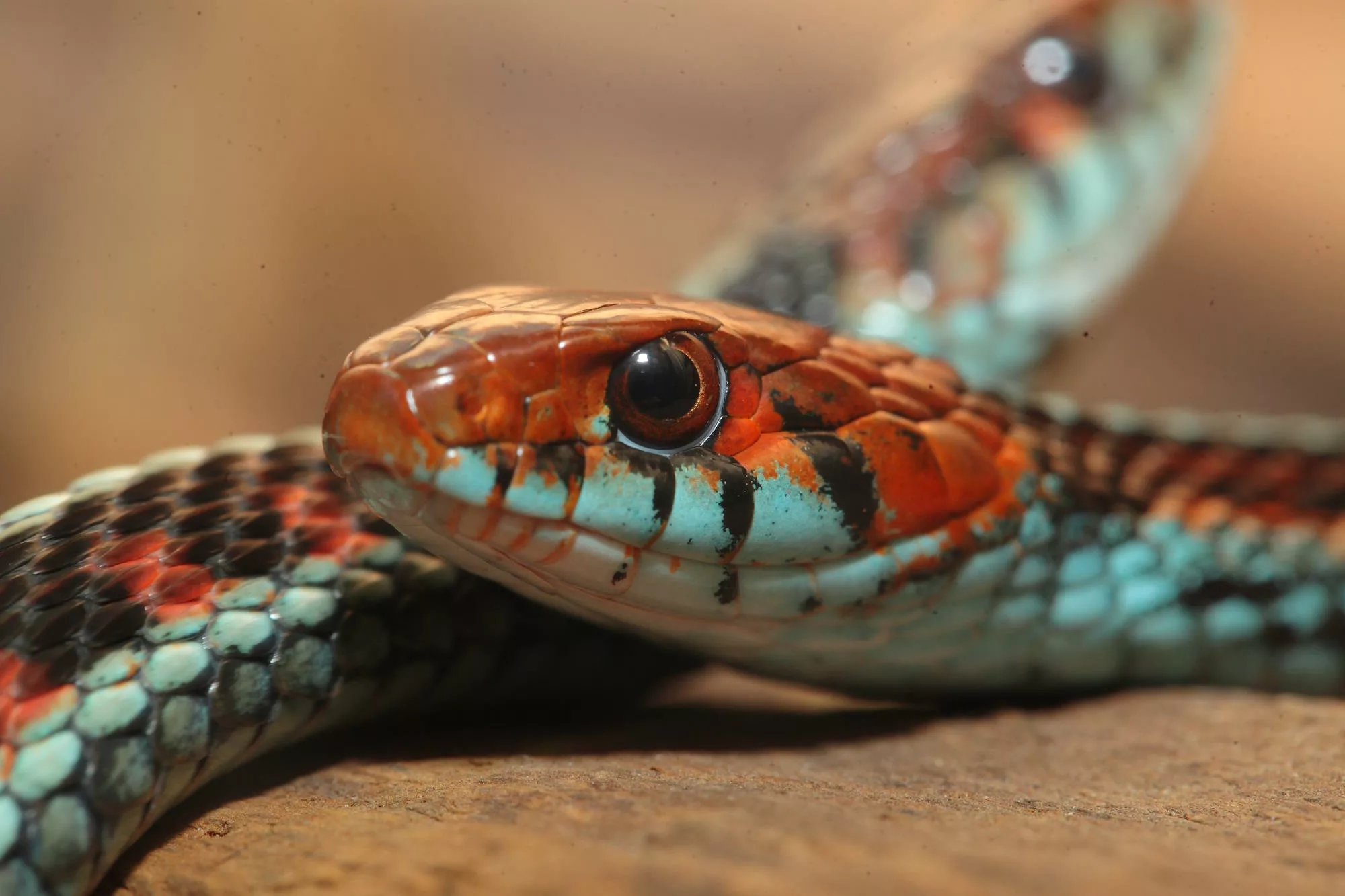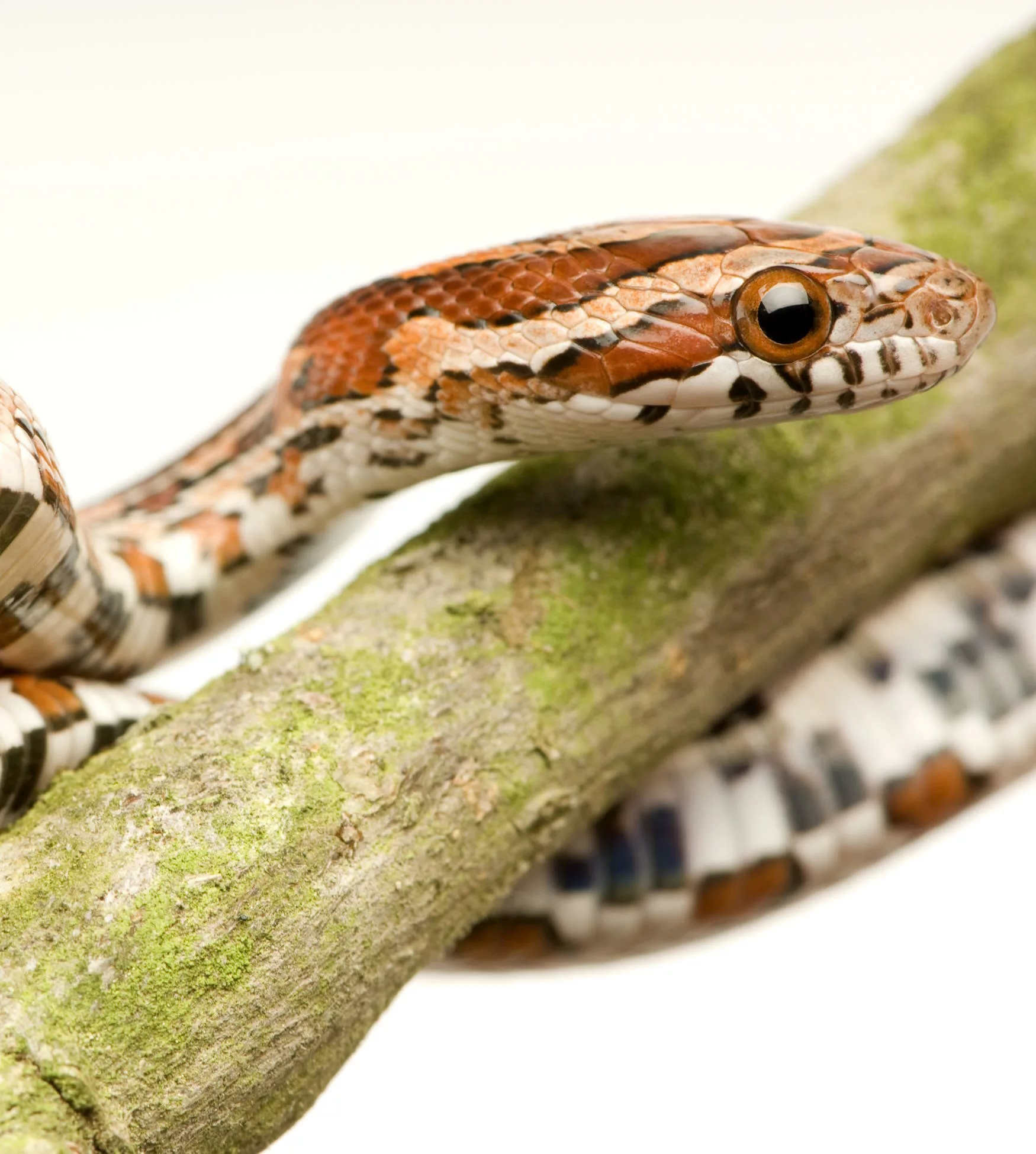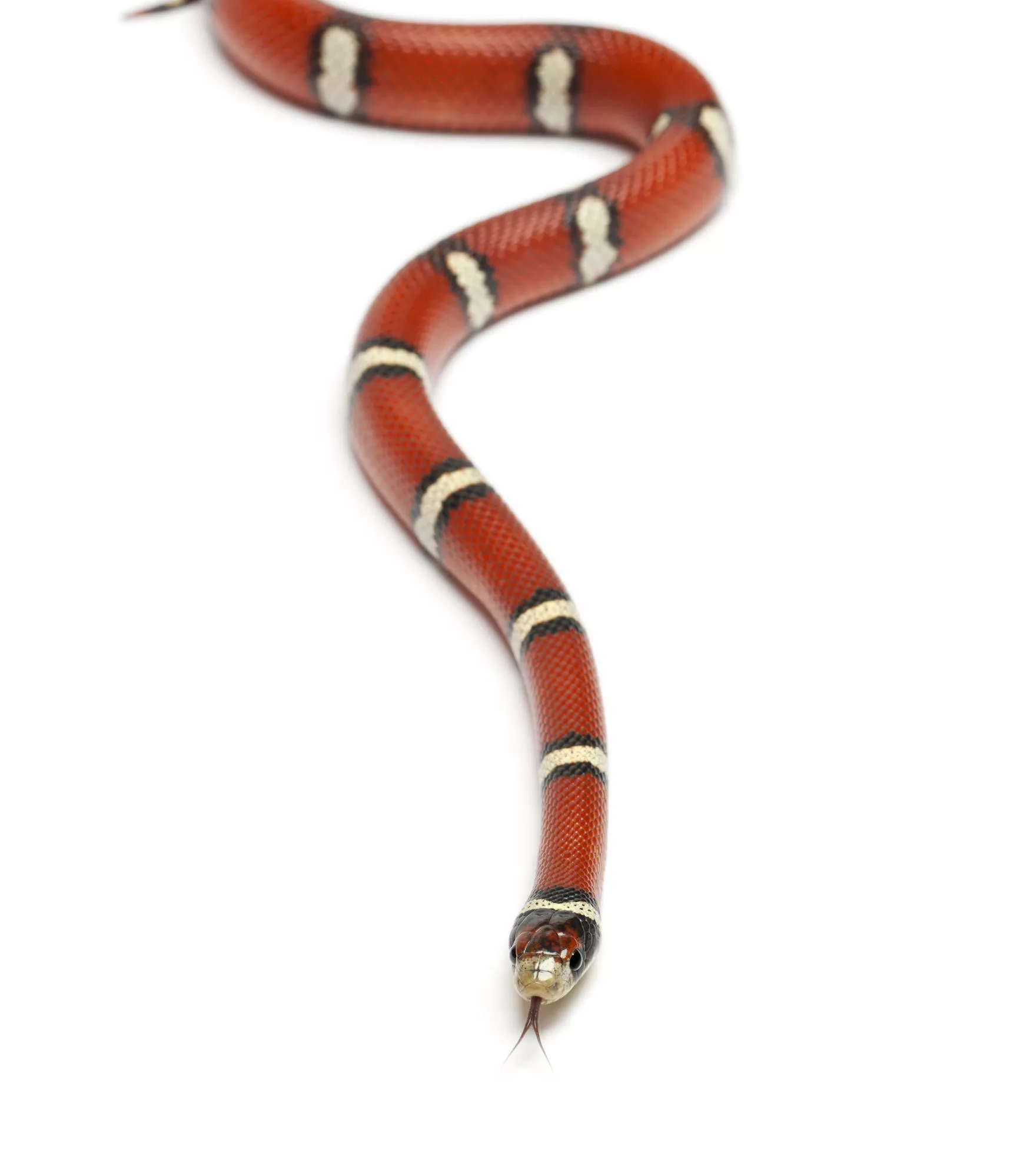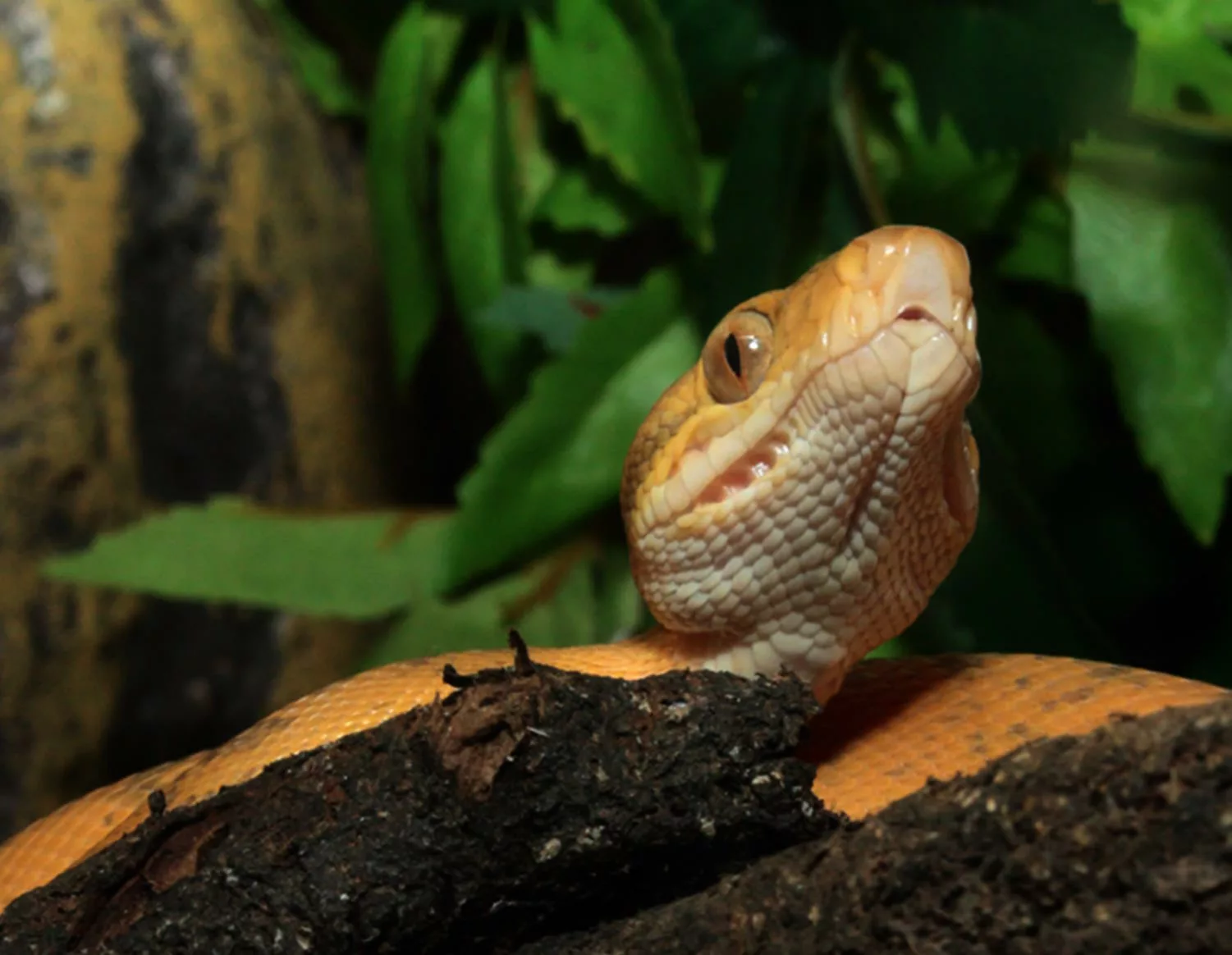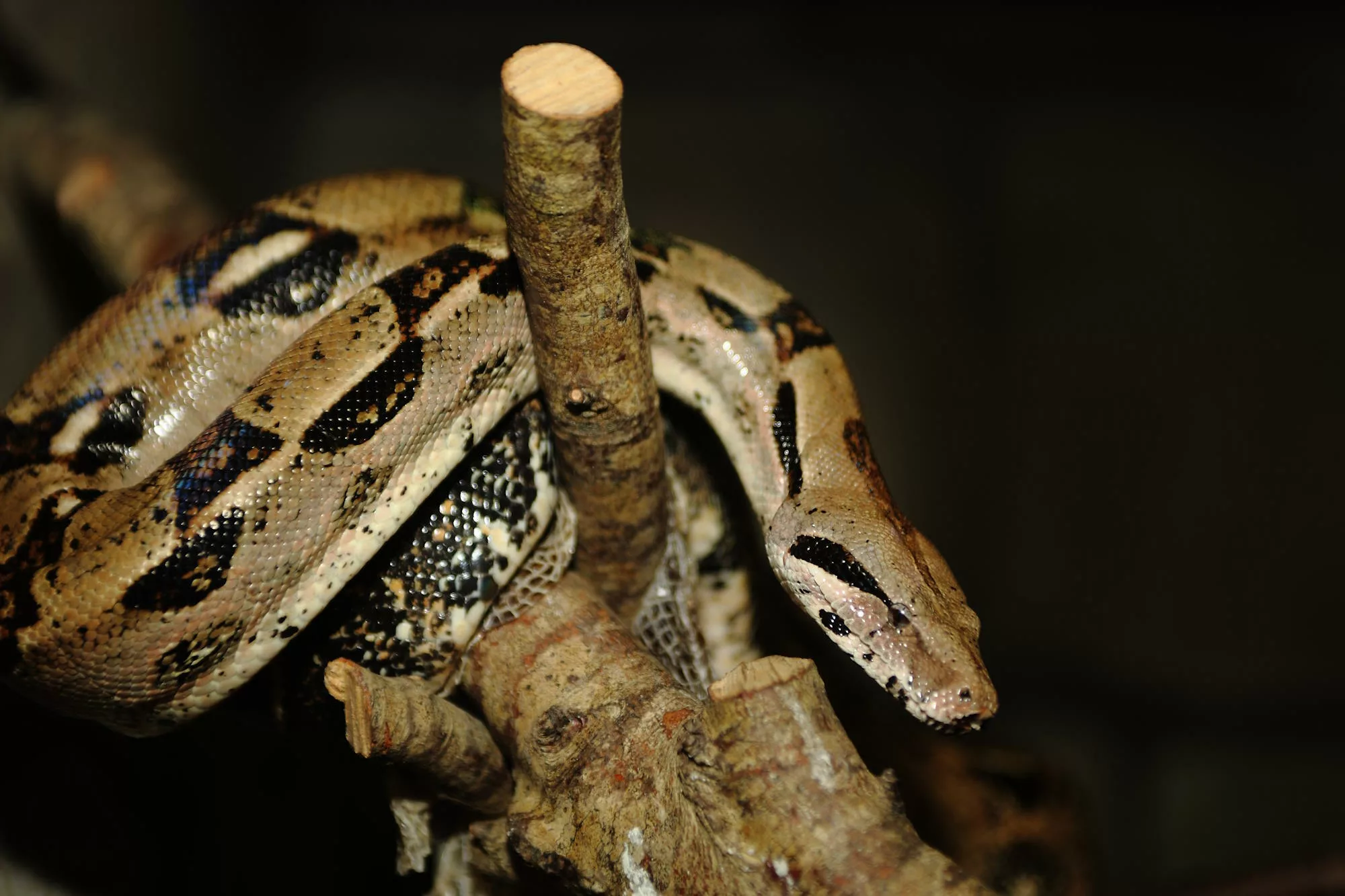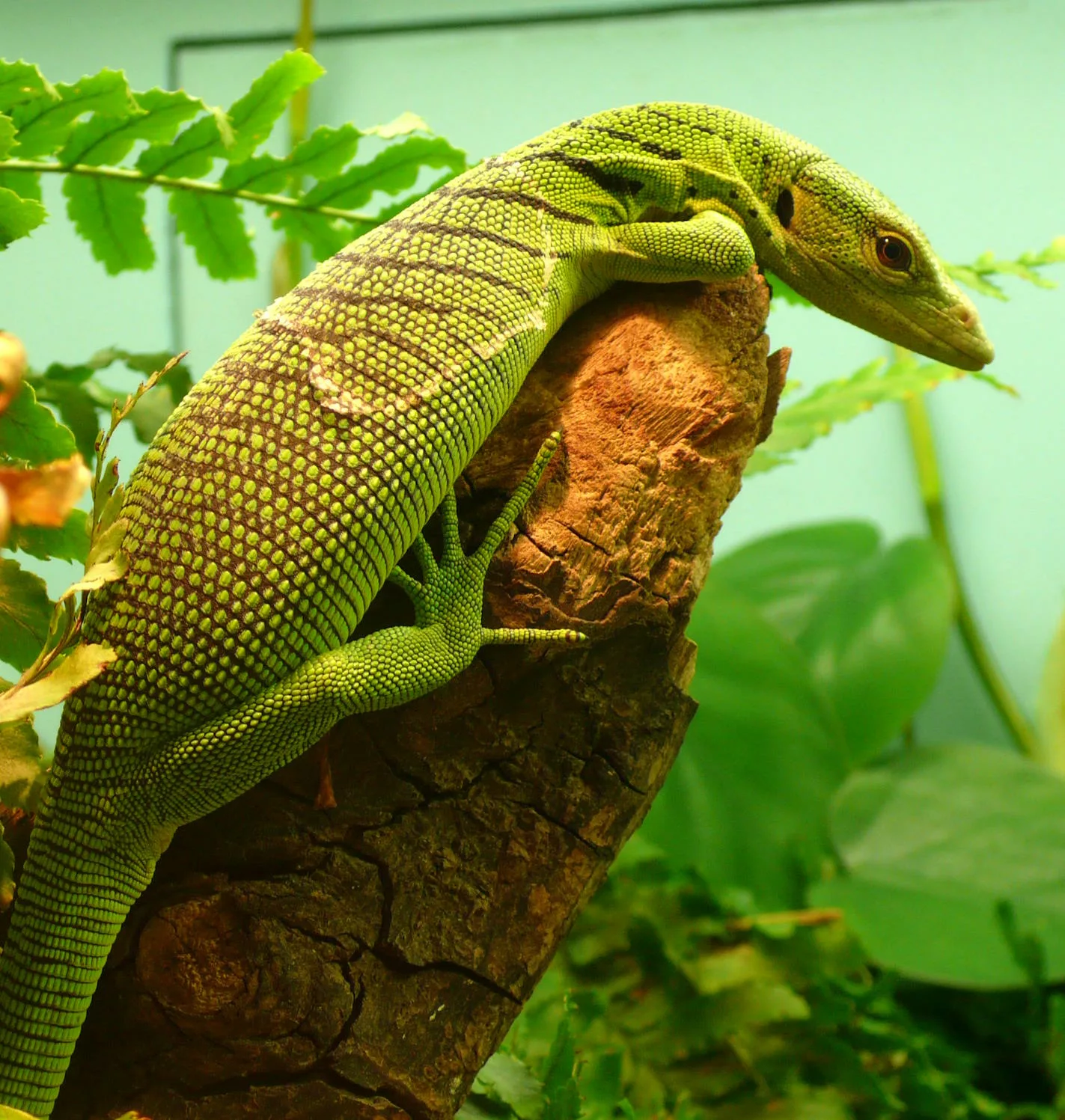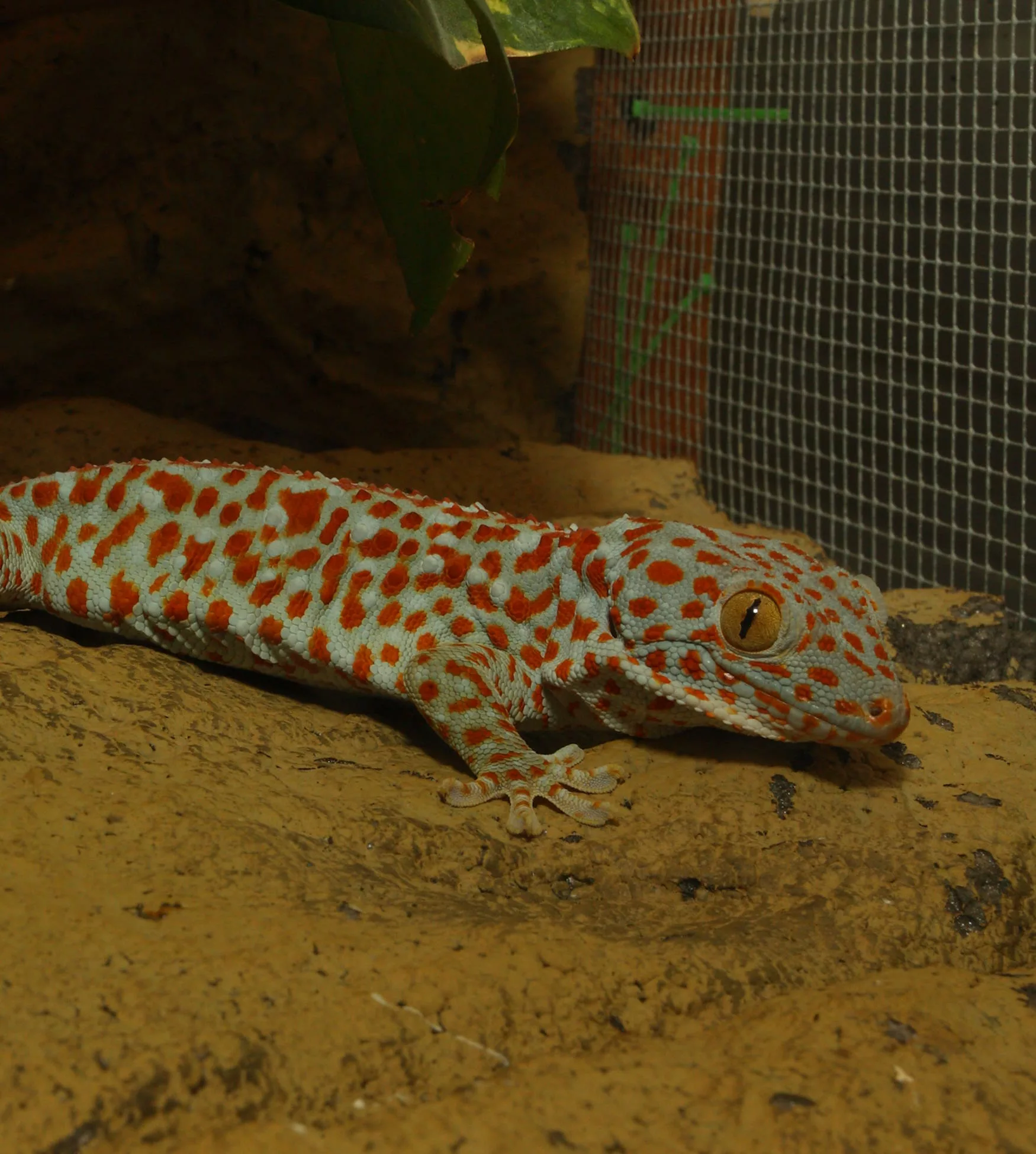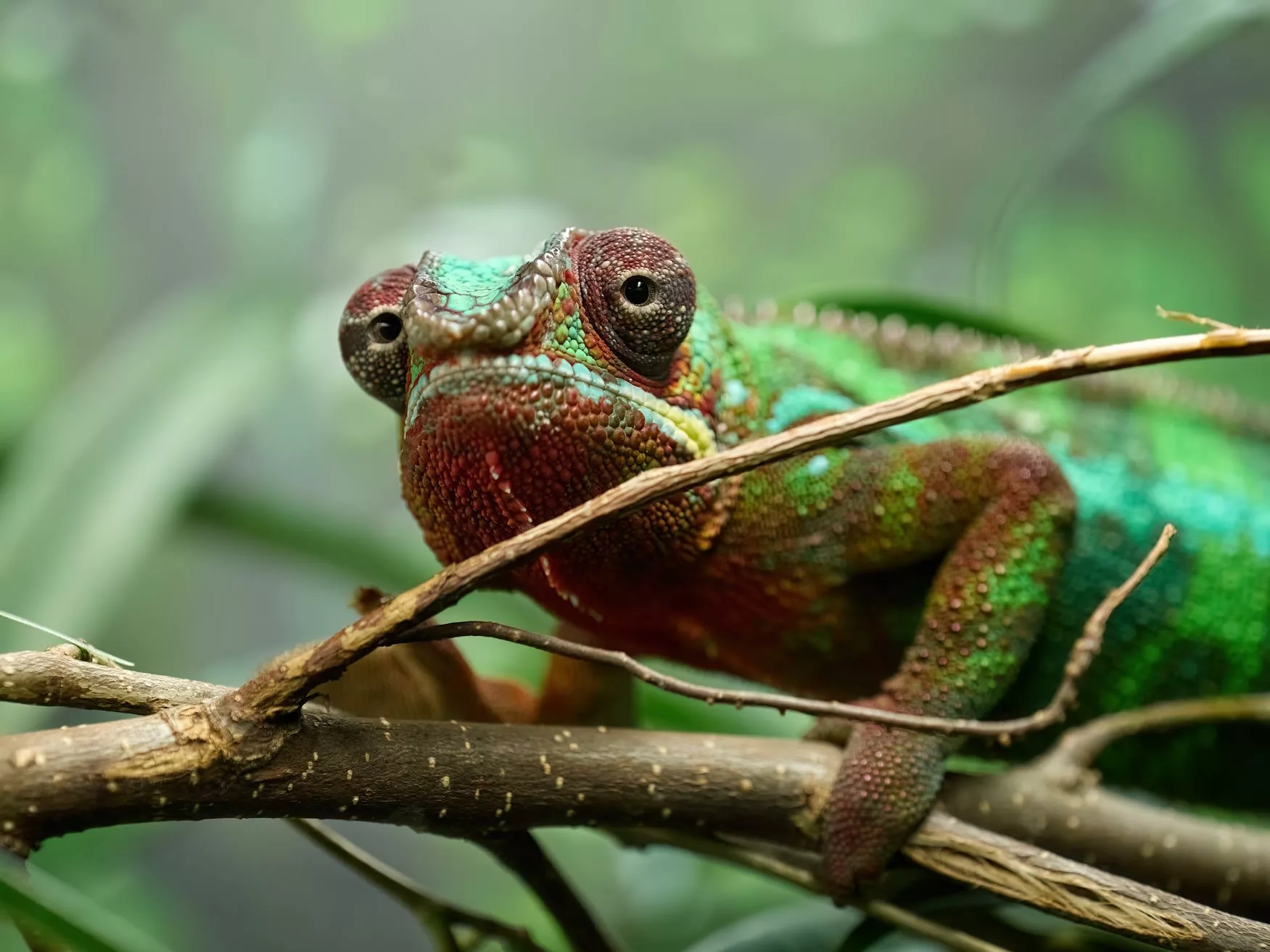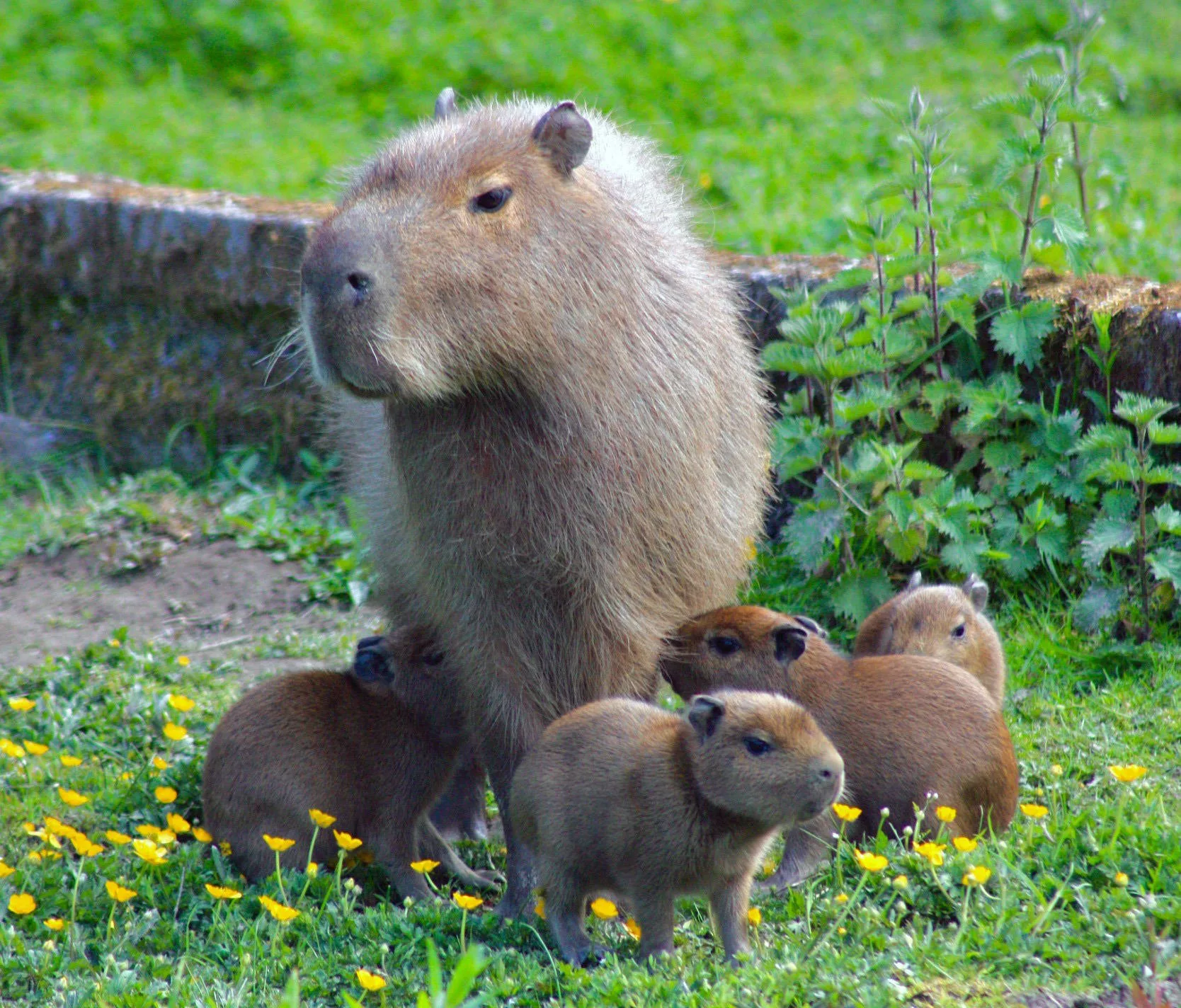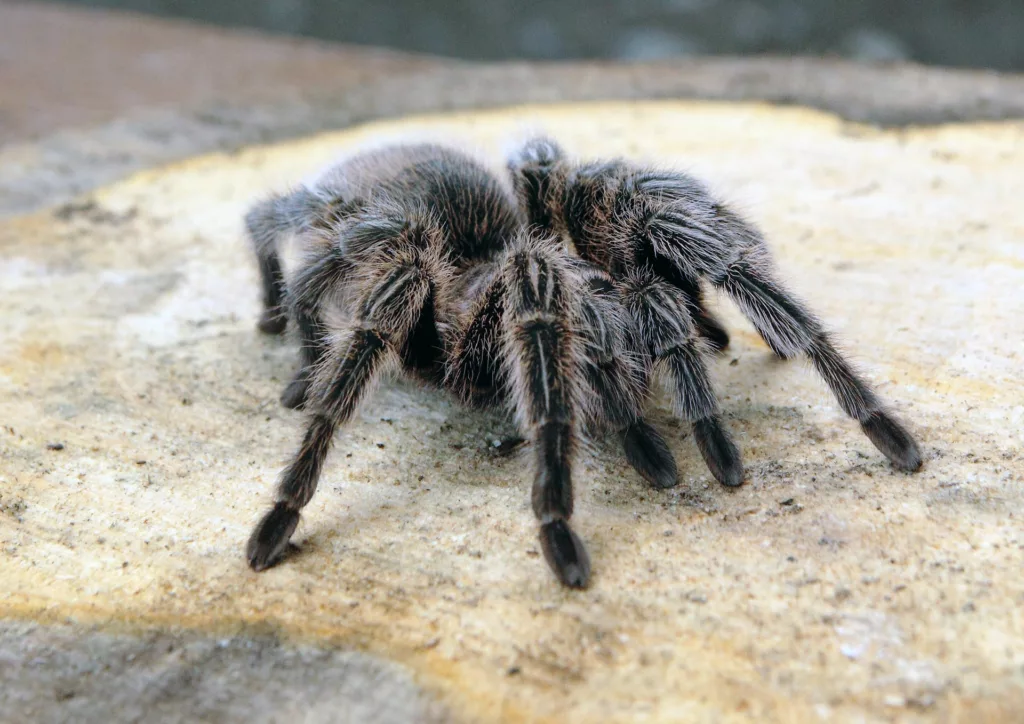
Chilean rose tarantula
Scientific name: Grammostola rosea
IUCN listed as: Stable
Learn before you visit!
Here are some facts about the species – Discover what they eat, find out about their natural habitat, see what they like to do, and more… Set the reading style to suit you too, everyday speak or something aimed towards children.
Child-friendly
Everyday
Diet
Chilean rose tarantulas mainly eat insects like crickets and cockroaches. They ambush their prey and use venom to immobilize them before eating. Sometimes, they’ll catch small vertebrates like mice or lizards. Tarantulas wait patiently in burrows or hidden spots to hunt.
Chilean rose tarantulas mostly eat bugs like crickets and cockroaches. They grab their food and use venom to catch it. Sometimes, they’ll snack on small animals like mice or lizards. Tarantulas wait in hiding spots to catch their dinner.
Breeding
During spring or summer, male tarantulas perform special dances to attract females for mating. After mating, females lay eggs in a silk cocoon and guard them until they hatch. The babies, called spiderlings, are tiny versions of adults and have to take care of themselves. Tarantulas start their own lives from the beginning.
In spring or summer, boy tarantulas do special dances to impress girl tarantulas for mating. After that, the girls lay eggs in a silky ball and take care of them until they hatch. The baby spiders, called spiderlings, have to fend for themselves right away. They start their own spider adventures.
Habitat
Chilean rose tarantulas live in dry areas like deserts and scrublands in Chile. They prefer sandy soils and often make homes in burrows or under rocks. These spiders come out at night when it’s cooler and hide during the day to avoid the hot sun.
Chilean rose tarantulas call dry places like deserts in Chile home. They like sandy soil and make houses in holes or under rocks. These spiders come out at night when it’s cooler and hide when it’s sunny.
At the zoo
We use our female Chilean rose bird eating spiders for our daily encounter session. None are actually on exhibit as these are selected for the encounter on a day to day basis. The zoo has bred many of these and reared them to maturity over the years.
We bring out our female Chilean rose bird-eating spiders for our daily close-up sessions. They’re not always on display because we choose them for the session each day. Our zoo has raised and grown many of these spiders since they were babies.
Behaviour
Tarantulas are usually calm and shy, backing away from danger instead of fighting. They might show their fangs if they feel threatened. Their venom is mild and not very harmful to people. Tarantulas spend a lot of time resting in their burrows until it’s time to hunt.
Tarantulas are usually calm and shy, hiding from scary stuff instead of fighting. If they feel scared, they might show their fangs. Their venom isn’t too strong and doesn’t hurt people much. Tarantulas rest in their homes a lot and only come out to hunt for food.
Fun facts
- Fuzzy Fighters: They have furry bodies covered in tiny hairs.
- Venomous Predators: Using venom, they catch insects for meals.
- Shelter Seekers: Tarantulas hide in burrows or under rocks.
- Peaceful Pals: Despite their appearance, they’re usually calm creatures.
- Long Lifespans: Some can live up to 20 years!
- Furry Friends: They’re covered in fuzzy hairs all over their bodies.
- Venomous Hunters: With venom, they catch insects for dinner.
- Hide-and-Seek Pros: Tarantulas like to hide in burrows or under rocks.
- Peaceful Pals: Despite their scary looks, they’re usually calm and gentle.
- Lifelong Lurkers: Some can live for up to 20 years, which is a long time!
More animals to discover at our zoo
Quick Links
Tickets & Prices
You can buy tickets for Exmoor Zoo securely online, as well as finding out more price options, discover offers, and more…
What’s on…
Exmoor Zoo hosts incredible Events all through the year. You can find out about what we’ve got in store here…
Routes & info
Like any great discovery, Exmoor Zoo can feel a little off the beaten path – but don’t worry – you can plan your journey with our recommended routes and other useful travel info.
